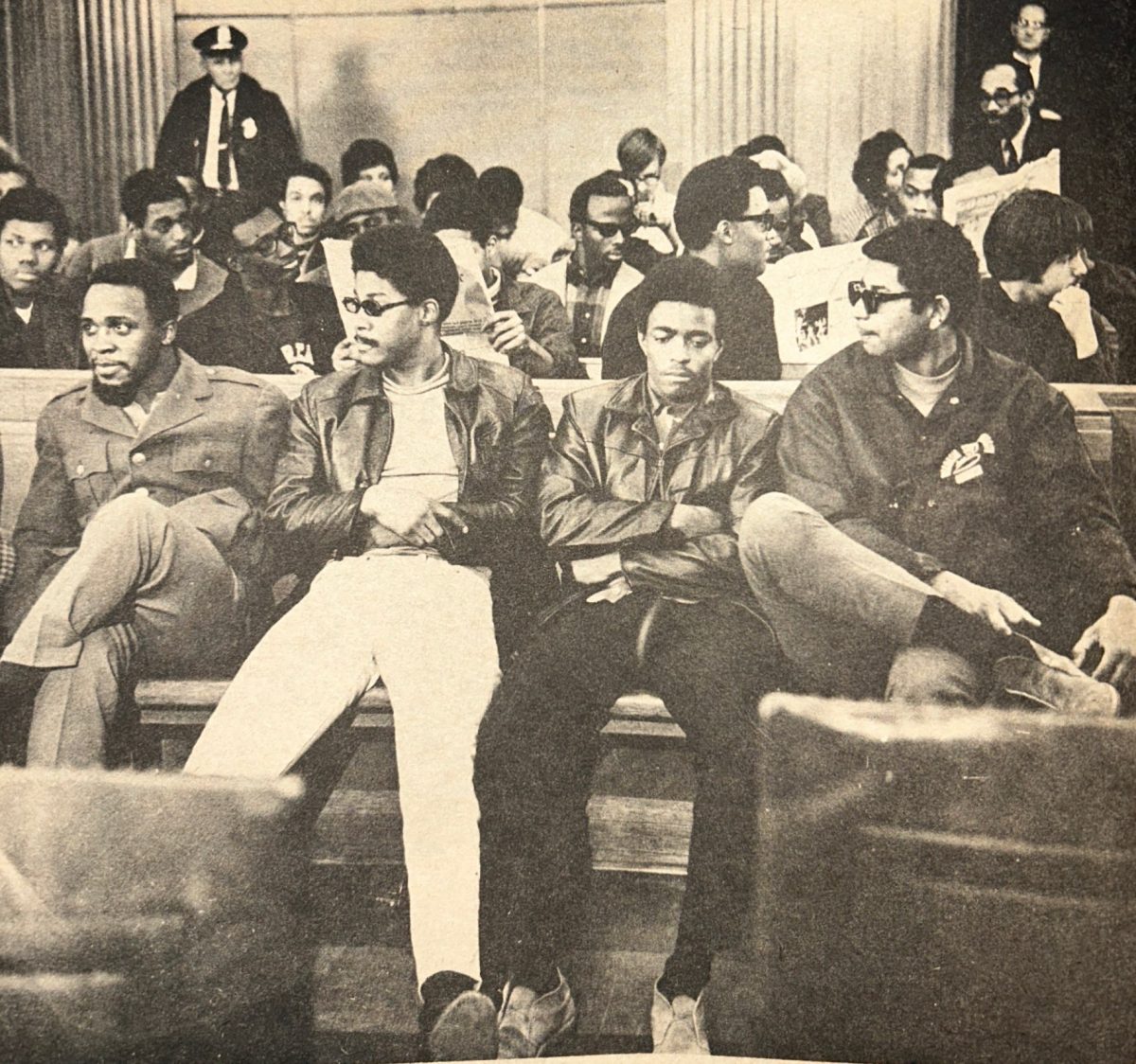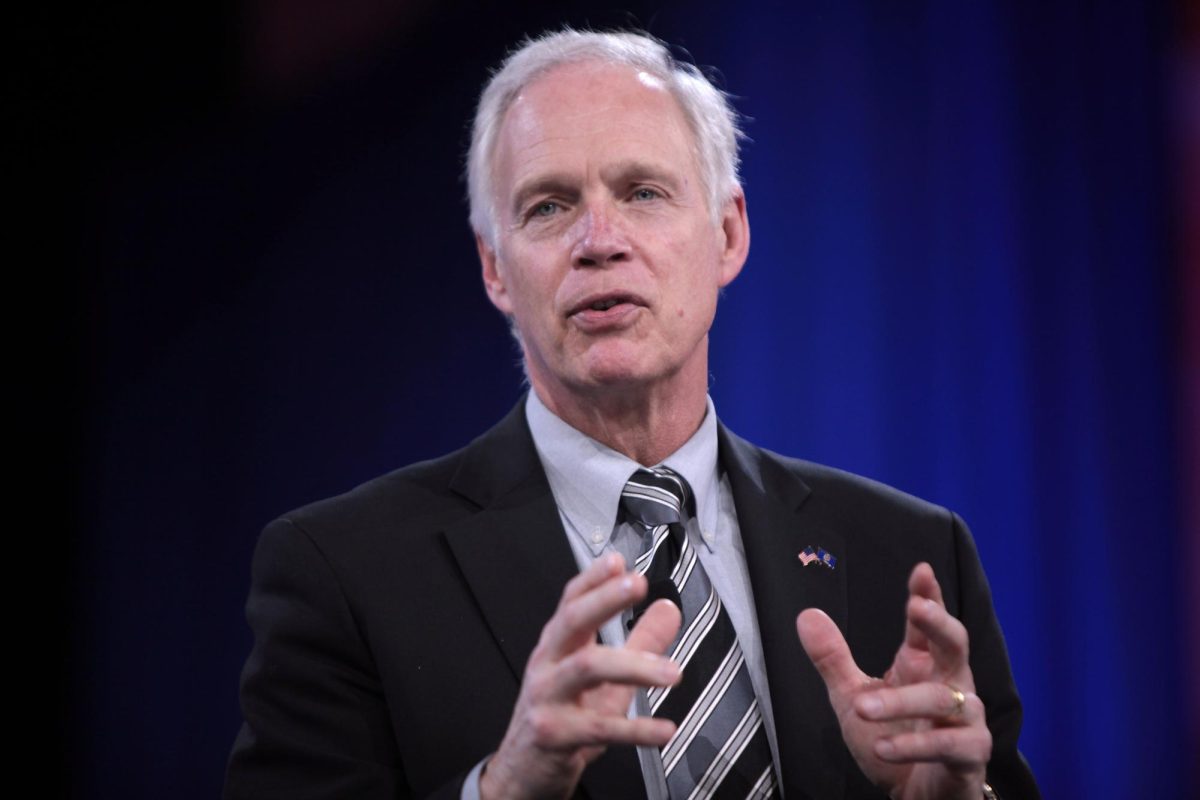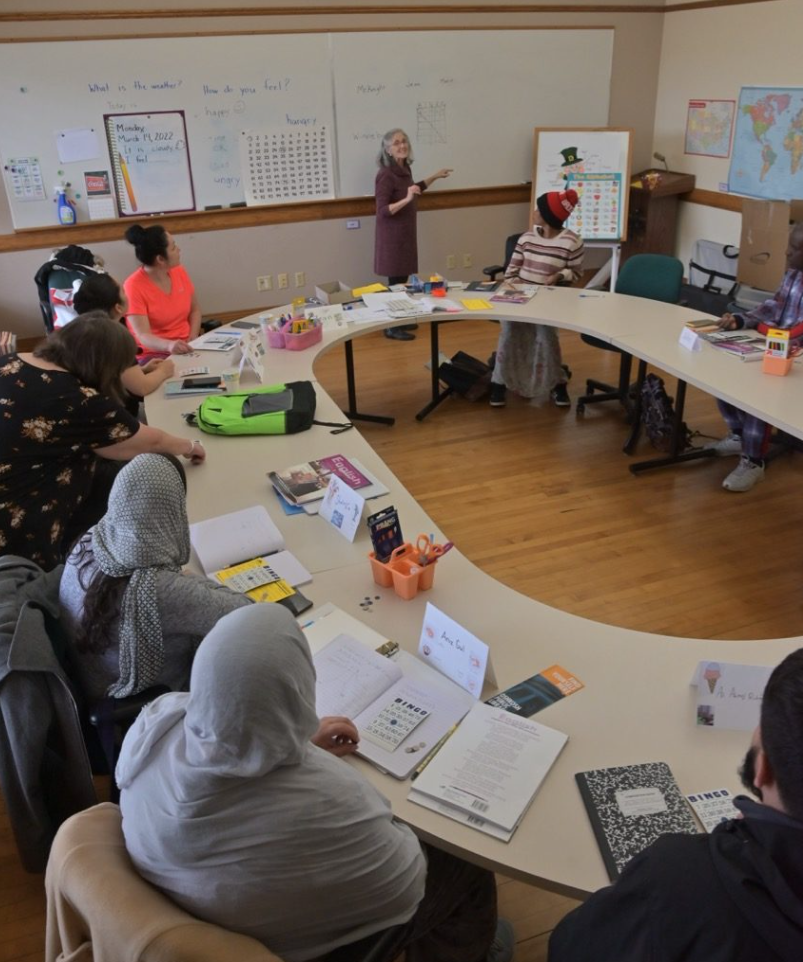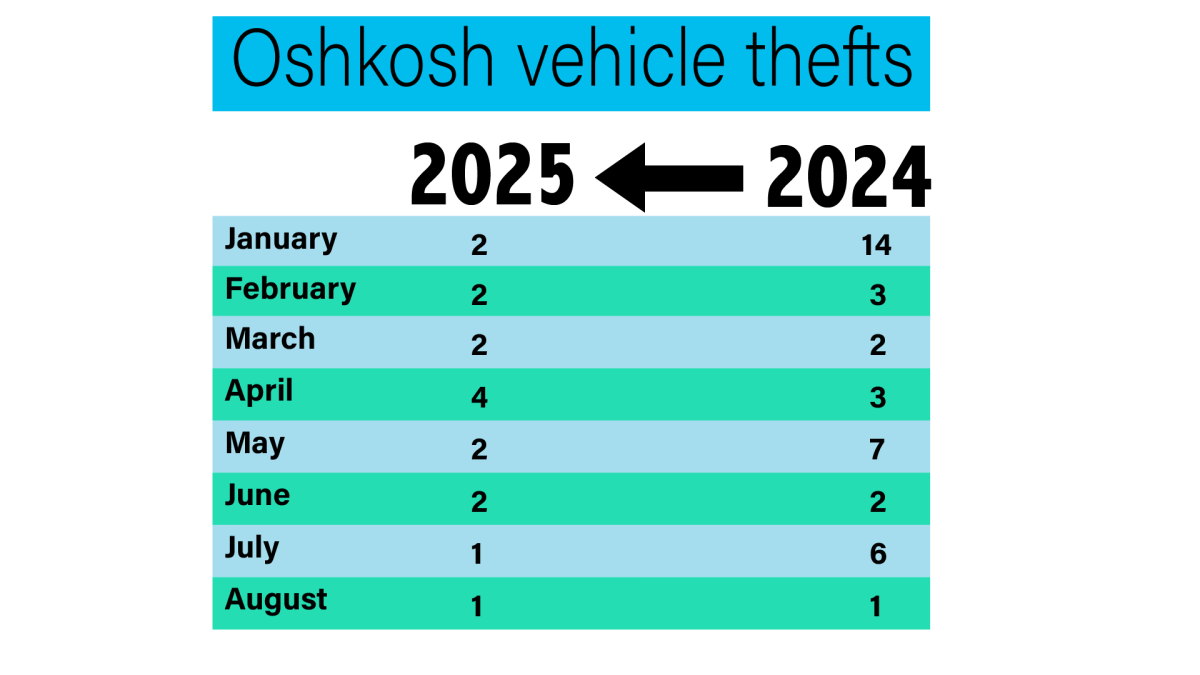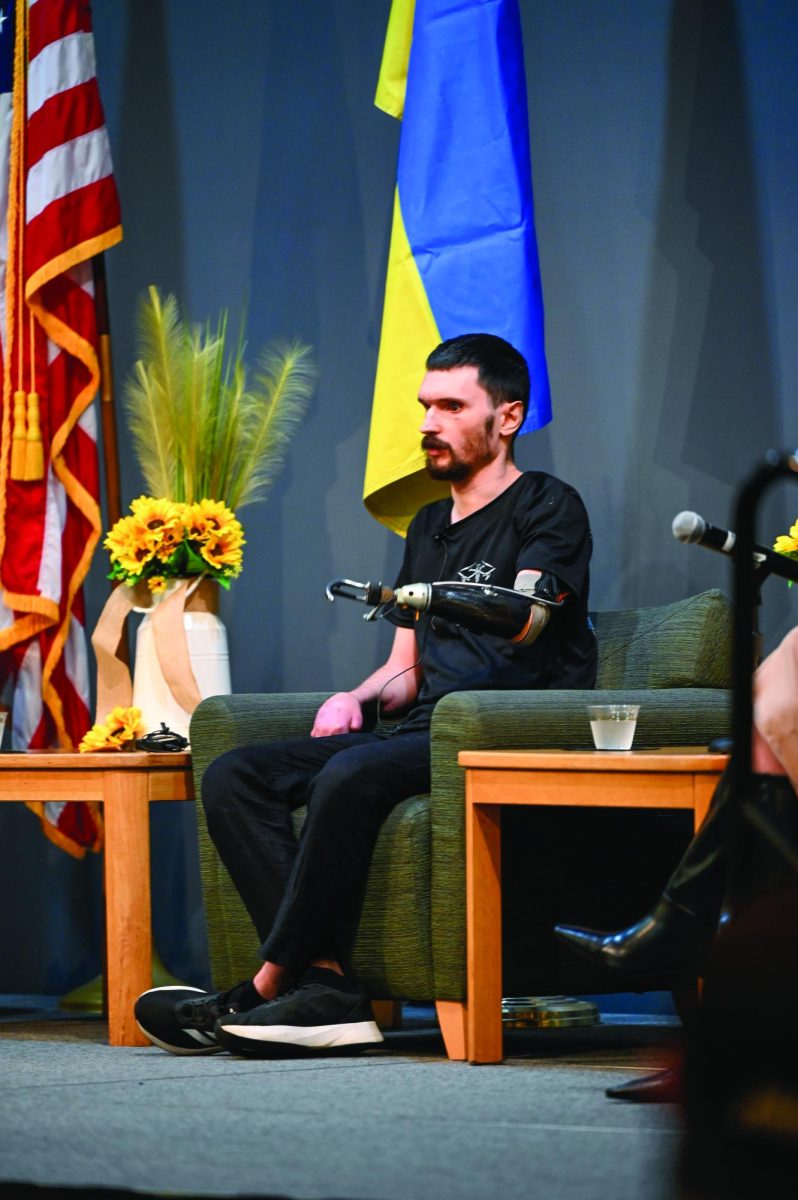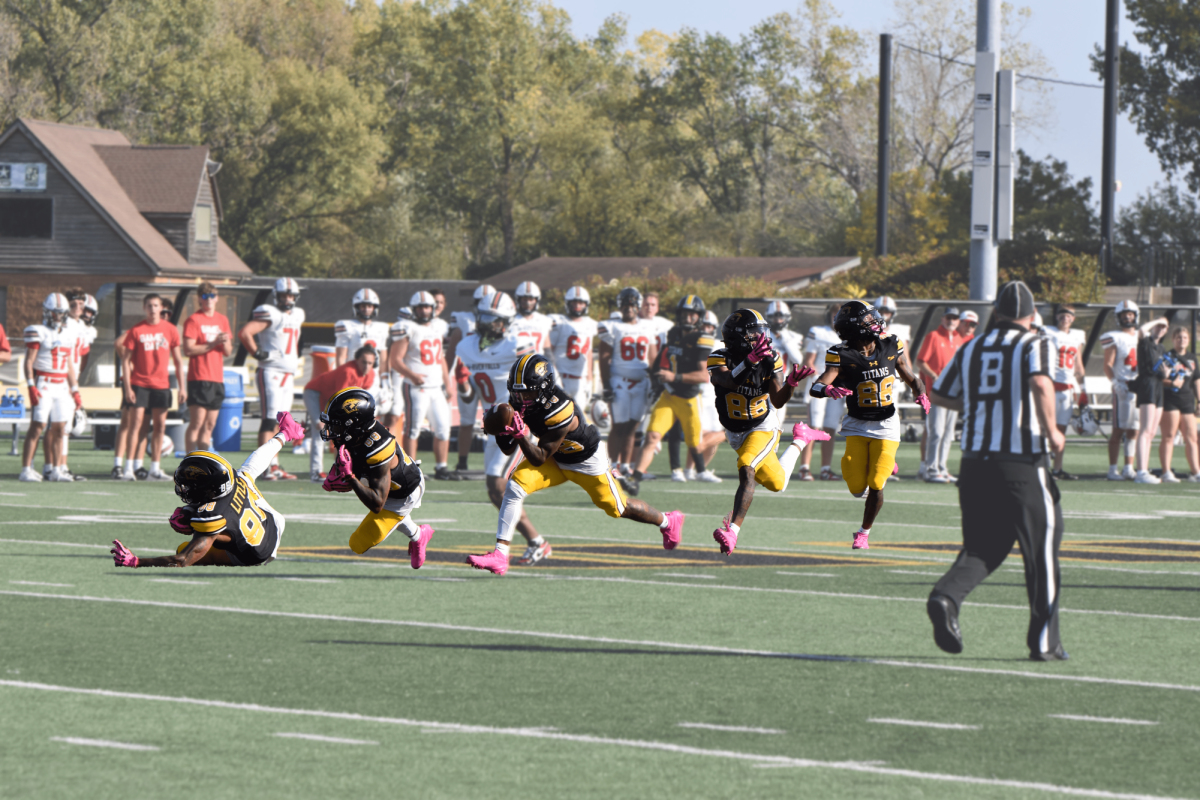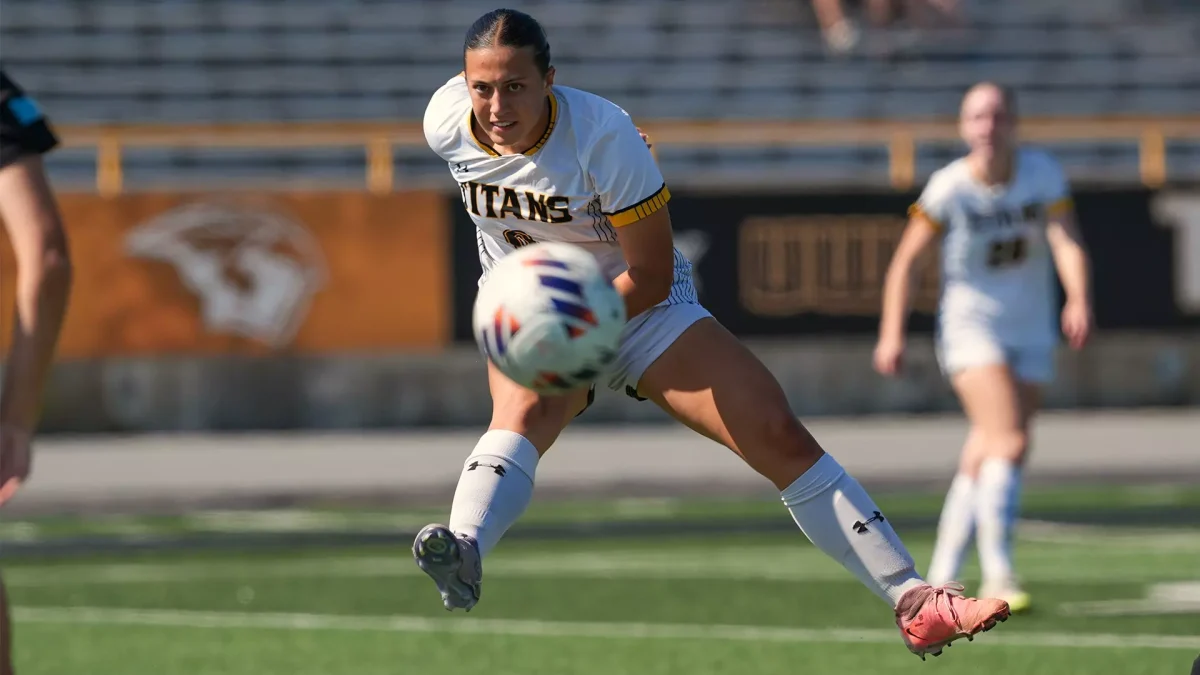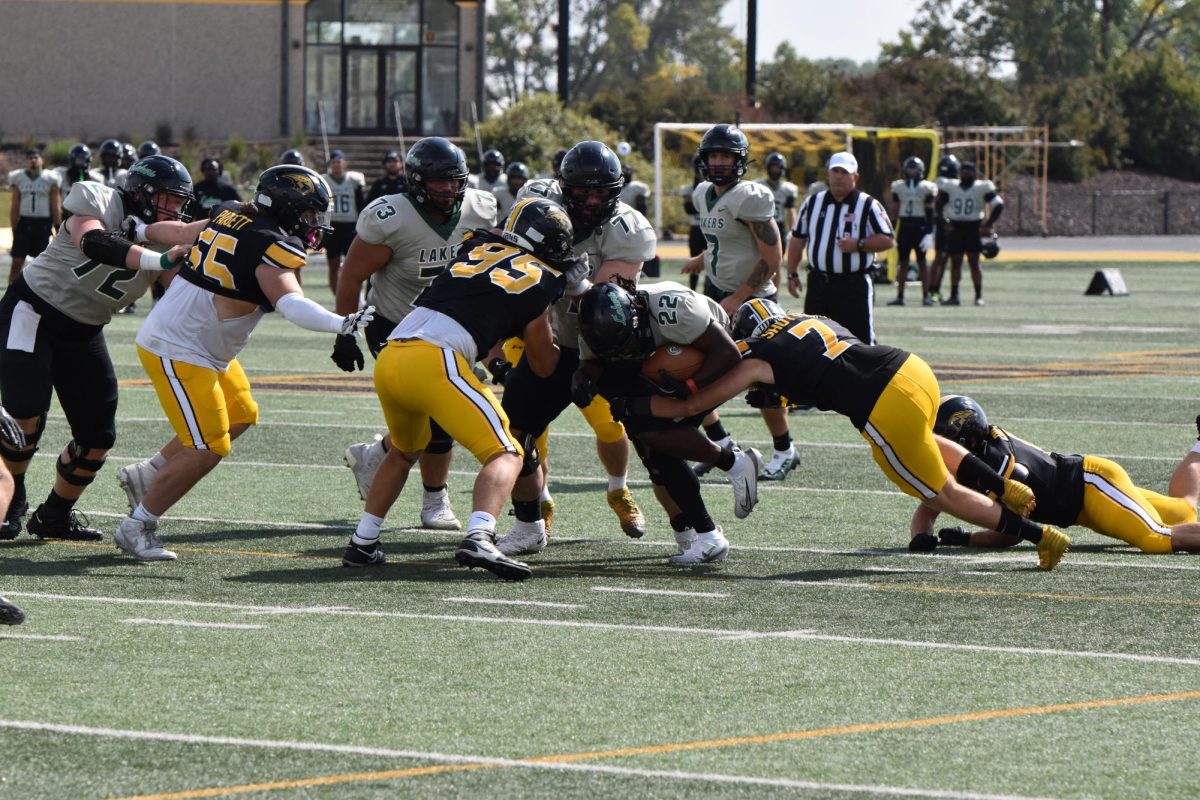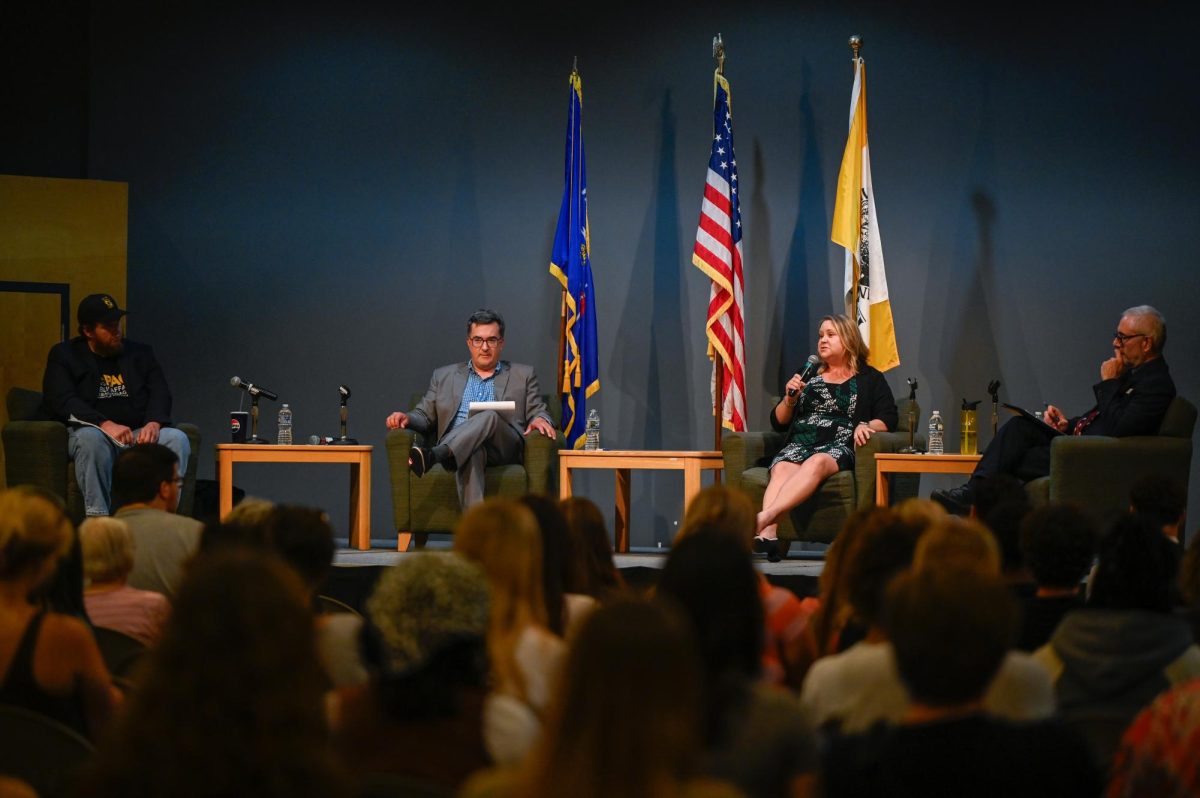Taken from an Advance-Titan issue from Dec. 5, 1968
It was 8:35 a.m., Thursday, Nov. 21. Vice president Sherman Gunderson opened the outer door of the presidential suite, and hastily noted that a large number of persons were in the office area of President Roger Guiles to the left of the reception room, but hurried into his own office to the right of the reception room to get ready for another busy day.
As he was removing his coat, two Black students walked into his office, puffing at cigarettes, and asked, “Who are you?” Somewhat startled, Gunderson identified himself, immediately surmised the nature of the situation and invited the two Black students to sit down and talk.
“We’re not here to talk – we’re here for action,” one asserted.
Gunderson persisted in his efforts to engage the pair in conversation but got no results.
“What’s the matter, whitey, are you nervous?” one asked.
Such is the account by the vice president of the start of his role in the activities culminating in the destruction in Dempsey Hall.
Gunderson reported the demonstrators appeared well organized. They barred any of the office staff from leaving the rooms. They commandeered the telephones and blocked incoming and outgoing calls.
The damage was done by concerted action of the group, was done in the space of three to five minutes, and was done “very efficiently,” he said.
The destruction began about 9:10 a.m., he estimated.
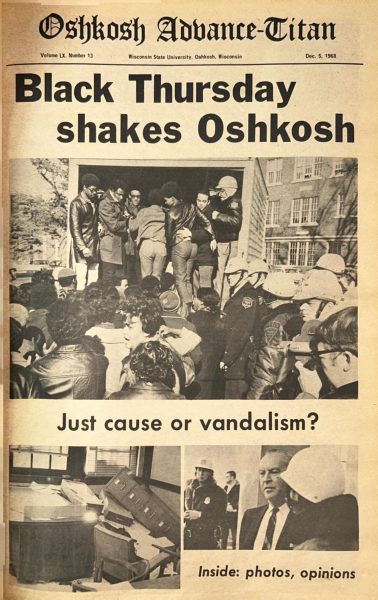
Damages in Dempsey Hall
Damage to Dempsey Hall and equipment totaled at least $12,000, according to preliminary estimates by Wisconsin State University at Oshkosh officials, following the Black student demonstrations Nov. 21. But the costliest damage appears to have been done to university files, and there is no way to get an accurate monetary calculation on that.
An itemized list of the damage in Dempsey Hall showed the glass in 13 doors was smashed by the demonstrators. Wrecked or badly damaged were eight metal desks, 11 metal files and 10 chairs. Eleven manual and electric typewriters worth $3,600 were wrecked. In the business office, four calculators and adding machines valued at $2,475 were ruined. Clerks reported that demonstrators attempted to toss machines out the windows, but the machines struck the window frames, shattered the glass and bounced back into the room and fell to the floor.
In all, six rooms in Dempsey Hall suffered major damage.
Five demands
This is the statement which members of the Black Student Union asked Guiles to sign:
“Your signature on this paper will signify your assurance that our demands will be met and in evidence at or before the beginning of the next semester. In reiteration, Black Student Union demands are that you:
- Remove (Marice Spitler, director of financial aids) from his present position and any related capacity.
- Provide a structure and furnishings for the Cultural Center (which was so eagerly accepted by your administrators).
- Hire Black instructors.
- Implement a course in the following areas of Black culture: history, literature, language.
- Activate a Black Student Fund which will be used to secure Black speakers, purchase Black literature and to aid the financing of the Afro-American Center.”
“We place full implementation of our demands in your hands. Black students will not be involved in a lengthy dialogue as to how these demands will be met. We expect a written report on what concrete form our demands will assume placed on the desk of our counselors by Friday, Nov. 22, no later than 10:30 a.m.”
In the courthouse
Five Black students entered the courtroom of Judge James Sitter, and took seats in the front row.
Charges against them were then read: unlawful assembly, punishable by a fine of $500, one year in jail or both; and disorderly conduct, carrying a penalty of either a $100 fine or 30 days in jail.
Bond was set at $250 each, and the five were led back down to the courthouse basement. Another five were brought up and the process was repeated. Court clerks and other officials worked overtime to process the students through fingerprinting, mug shots, and the drawing of formal complaints against them.
After processing, arrangements were made to house the students. Over 80 students were distributed among a local gymnasium, the county jail, and neighboring jails in Fond du Lac, Outagamie, and Washara Counties where they spent what officials termed “a quiet night.”
Friday afternoon, the parents of those students still in jail arrived at the courthouse.
Most of the students were free on bail Saturday night.
City riots
It wasn’t really a riot as many outside news sources indicated, but the events of the evening of Nov. 21 were far from usual for the Oshkosh campus.
After a meeting conducted by Black militant commandos from Madison and Milwauee, the sympathizers for the Black students in jail, opposing forces of the Black students’ actions, and curious minglers marched from the Union to the Winnebago County Court House. The main idea was to voice protest. Shouts of “Let our brothers go. Now!” resounded around the court house.
The commandos decided there should be a sit-in in the Titan Room that evening, but when the marchers returned, the Union was locked. Some managed to break through the guard of Union officials and police at the front door, but about 75 students made it into the Titan Room. While the students were preparing their sit-in inside, many others gathered outside. About 2,000 students formed the crowd outside at the height of the evening.
The students found they would probably not get anywhere pressed around the Union, so began marching on Guiles’s home at 9:45 p.m.
At this time more police entered the area and guarded other campus buildings, including the president’s home.
There were very few incidents of vandalism although some students were attempting to break a spotlight off a police car. Inside the Union, rumors passed through the police ranks that air had been removed from front tires of the squad cars.
By 11 p.m. all but three or four students remained in front of the Union.
The WSU-O “riot” was over. No one was injured and very negligible damage was left behind. The show was over. And so were classes for the next six days.


